The digital revolution has transformed how we access knowledge, particularly in specialized fields like Islamic art. For residents of the United States interested in learning Quranic calligraphy and geometric patterns, the internet offers unprecedented access to educational resources that were once geographically limited. Free online Islamic art classes have become increasingly popular, allowing enthusiasts from all backgrounds to explore the rich traditions of Islamic visual expression without financial barriers. This comprehensive guide explores the world of free online Islamic art education available in the USA, focusing on two cornerstone elements: Quranic calligraphy and geometric patterns.
Understanding Islamic Art
Historical Background
Islamic art encompasses a diverse array of visual traditions spanning over fourteen centuries across three continents. Unlike many Western art forms that focus heavily on figurative representation, Islamic art developed distinctive characteristics shaped by religious, cultural, and historical influences. The prohibition of depicting living beings in religious contexts led to the flourishing of non-figurative art forms, particularly calligraphy and geometric designs.
The origins of Islamic art can be traced to the 7th century CE, following the rise of Islam in the Arabian Peninsula. As the Islamic empire expanded, it absorbed and synthesized artistic elements from conquered regions including Byzantine, Persian, Coptic, and Sassanian traditions. This cultural synthesis resulted in a unique artistic language that emphasized geometry, calligraphy, and arabesque patterns.
Core Principles and Philosophy
Islamic art is guided by several philosophical principles that distinguish it from other artistic traditions:
- Aniconism – Avoidance of depicting living beings in religious contexts, leading to emphasis on calligraphy and geometric patterns
- Unity in Multiplicity – The principle that complex patterns can emerge from simple geometric units
- Infinite Patterns – Use of repeating elements that suggest infinity and the boundless nature of creation
- Balance and Harmony – Mathematical precision in creating designs that reflect cosmic order
- Calligraphy as Sacred Art – The elevated status of the written word, particularly Quranic verses
Regional Variations
Islamic art exhibits remarkable regional diversity while maintaining core principles. Key regional styles include:
- Arabic Style – Characterized by flowing cursive scripts and bold geometric patterns
- Persian Style – Features intricate floral motifs and elegant calligraphy
- Indian Style – Incorporates local artistic elements with Islamic motifs
- Ottoman Style – Known for its sophisticated floral designs and illuminated manuscripts
- Moorish Style – Features intricate geometric patterns and architectural ornamentation
Key Components of Islamic Art
Quranic Calligraphy
Quranic calligraphy holds a sacred status in Islamic art tradition. The beauty of Arabic script is not merely aesthetic but carries spiritual significance as it transmits the divine word of Allah. Throughout Islamic history, calligraphers have developed numerous styles to enhance the visual presentation of Quranic text.
Major Calligraphic Styles
The evolution of Arabic calligraphy produced several distinctive styles, each with its own aesthetic and functional purposes:
| Calligraphic Style | Characteristics | Historical Period |
|---|---|---|
| Kufic | Angular, monumental, early form | 7th-10th centuries |
| Naskh | Elegant, rounded, widely used for Quran | 10th century onwards |
Tools and Materials
Traditional calligraphy requires specific tools that influence the final appearance of the work:
- Qalam (reed pen) – Traditional writing instrument made from reed
- Black ink – Often made from soot and gum arabic
- Gold and color inks – Used for special manuscripts and decorations
- Paper preparation – Traditional papers treated with starch or gum
- Ruler and compass – For precise letter proportions
Geometric Patterns
Geometric patterns form another fundamental element of Islamic art. These designs are created using mathematical principles to construct complex, interlocking shapes that often appear to extend infinitely.
Mathematical Foundations
Islamic geometric patterns rely on mathematical principles including:
- Circles and polygons – Basic shapes that form the foundation of complex designs
- Symmetry and repetition – Creating patterns through systematic repetition
- Golden ratio – Proportions found throughout nature and Islamic design
- Fractal geometry – Self-similar patterns at different scales
Pattern Construction Techniques
Creating Islamic geometric patterns involves specific techniques that have been passed down through generations:
- Circle division – Dividing circles into equal parts to create polygonal bases
- Grid systems – Using grids to organize pattern elements
- Star patterns – Creating multi-pointed stars through intersection of polygons
- Interlace patterns – Weaving elements together to create continuous designs
- Infinite extension – Techniques to suggest patterns continue beyond visible boundaries
Arabesque and Floral Motifs
While geometric patterns and calligraphy are often considered the defining features of Islamic art, arabesque and floral motifs also play significant roles. These organic designs complement the rigid geometry with flowing, natural forms.
Islamic Illumination
Illumination refers to the decorative elements added to manuscripts, including borders, marginal decorations, and ornamental elements surrounding calligraphy. This art form combines geometric and floral elements with gold leaf and vibrant colors to create visually striking compositions.
Benefits and Importance
Cultural Preservation
Free online Islamic art classes play a crucial role in preserving and transmitting cultural heritage to new generations. As traditional apprenticeship methods become less common, digital platforms offer alternative pathways for learning these ancient arts.
Personal Development
Engaging with Islamic art offers numerous personal benefits:
- Patience and discipline – Mastering calligraphy and geometric design requires consistent practice
- Attention to detail – These art forms cultivate precision and meticulousness
- Cross-cultural understanding – Learning about Islamic art fosters appreciation of diverse cultural traditions
- Artistic expression – Provides a unique medium for creative expression
Mindfulness and Meditation
The practice of Islamic art can be a form of meditation. The repetitive nature of drawing geometric patterns and carefully forming Arabic letters creates a meditative state that can reduce stress and enhance focus.
Cross-Cultural Understanding
In an increasingly polarized world, Islamic art education promotes cultural exchange and understanding. By learning about these artistic traditions, students gain insight into the rich cultural heritage of Muslim communities worldwide.
Free Online Islamic Art Classes in the USA
Academic Institutions Offering Free Resources
Several American universities and educational institutions provide free online resources for Islamic art education:
- Harvard University – Offers online modules on Islamic art through their online learning platforms
- Smithsonian Institution – Provides digital collections and educational materials on Islamic art
- Metropolitan Museum of Art – Offers free online courses and resources on Islamic art and calligraphy
- University of Michigan – Provides digital archives and learning materials on Islamic geometric patterns
Mosques and Islamic Centers
Many Islamic institutions in the USA offer free online classes and resources:
- Islamic Cultural Centers – Often provide free workshops and classes in calligraphy
- Mosque Educational Programs – Some offer online courses as part of their community outreach
- Student Organizations – University Muslim student groups frequently organize free art workshops
Online Platforms and Communities
Dedicated online platforms have emerged to provide free Islamic art education:
| Platform | Focus Area | Accessibility |
|---|---|---|
| Islamic Arts & Museum | Comprehensive Islamic art education | Free with registration |
| Quranic Calligraphy School | Traditional and modern calligraphy | Free basic courses |
| Islamic Geometric Patterns | Mathematical construction techniques | Free tutorials |
| Madinah Arabic | Arabic language and script | Free resources |
YouTube Channels and Tutorials
YouTube has become a valuable resource for free Islamic art education:
Islamic Art Channel – Comprehensive tutorials on calligraphy and geometric patterns Master of Pen – Focus on traditional
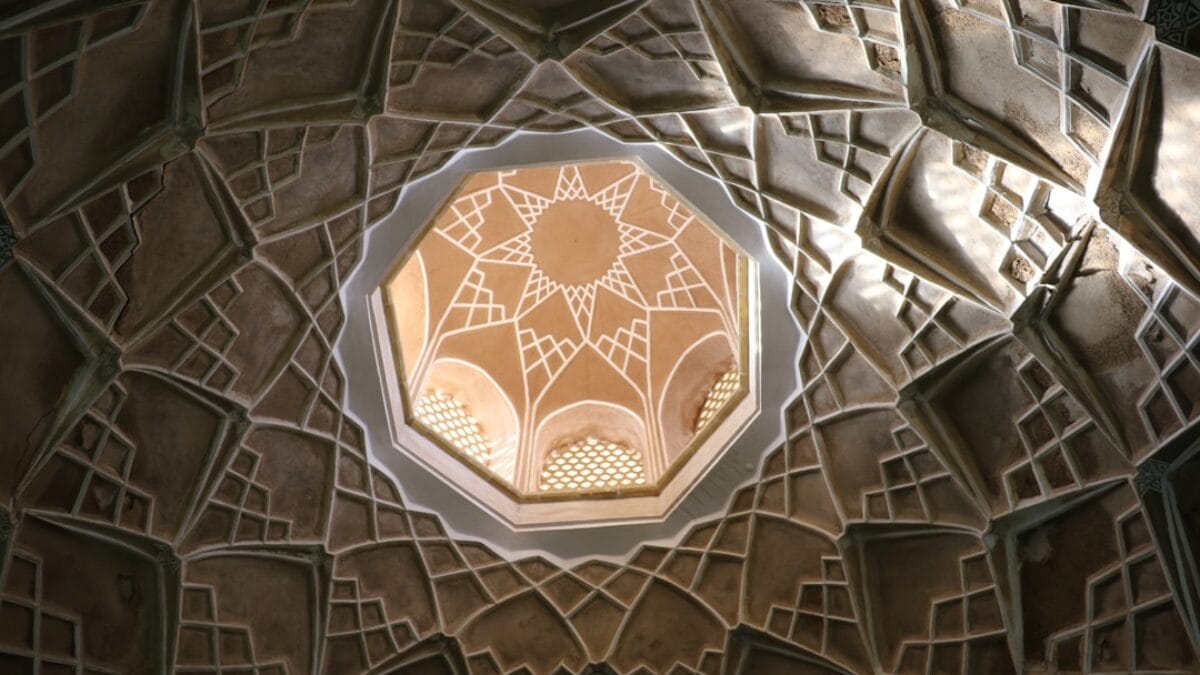

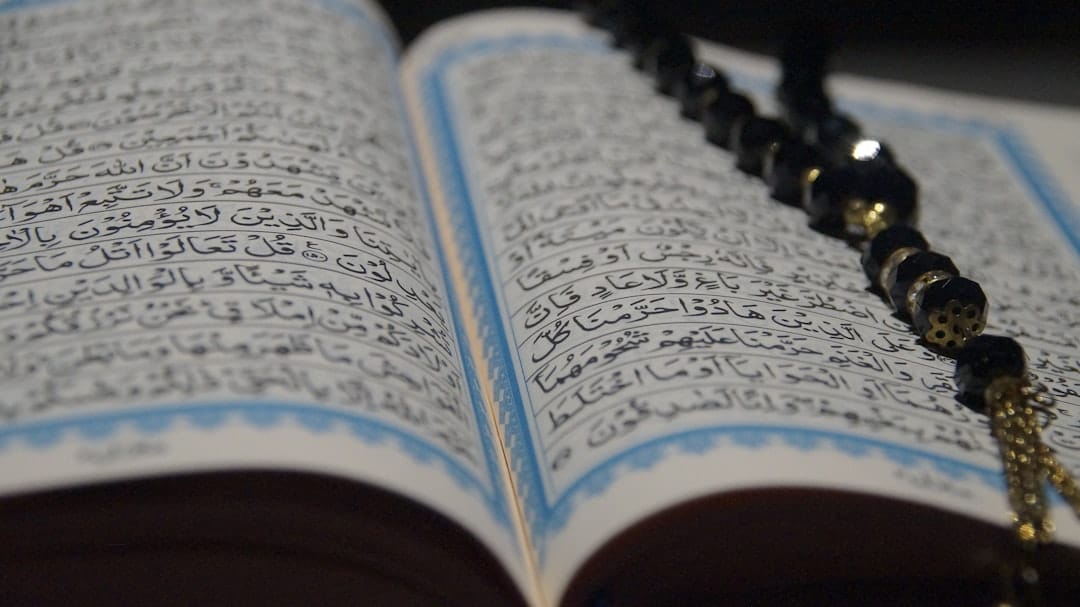

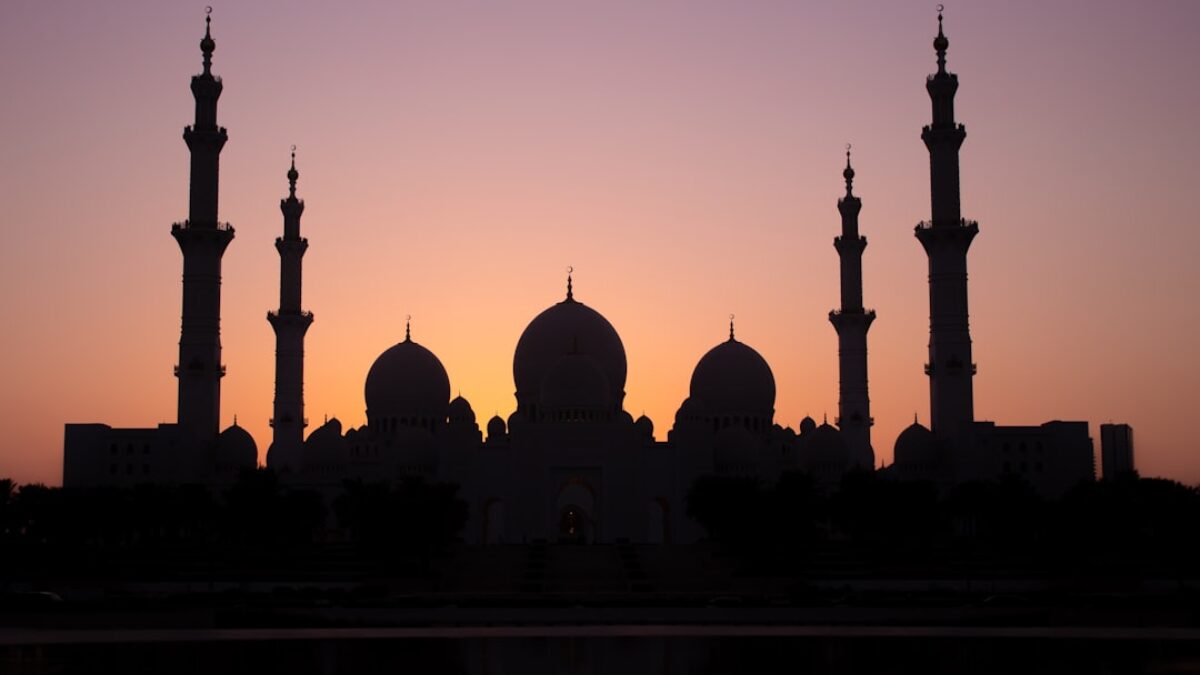
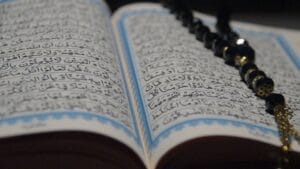


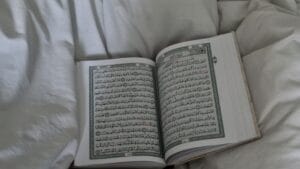

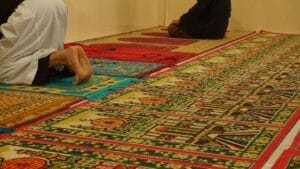

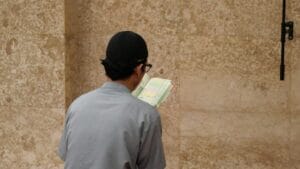
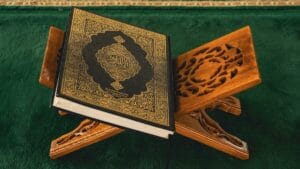
Post Comment